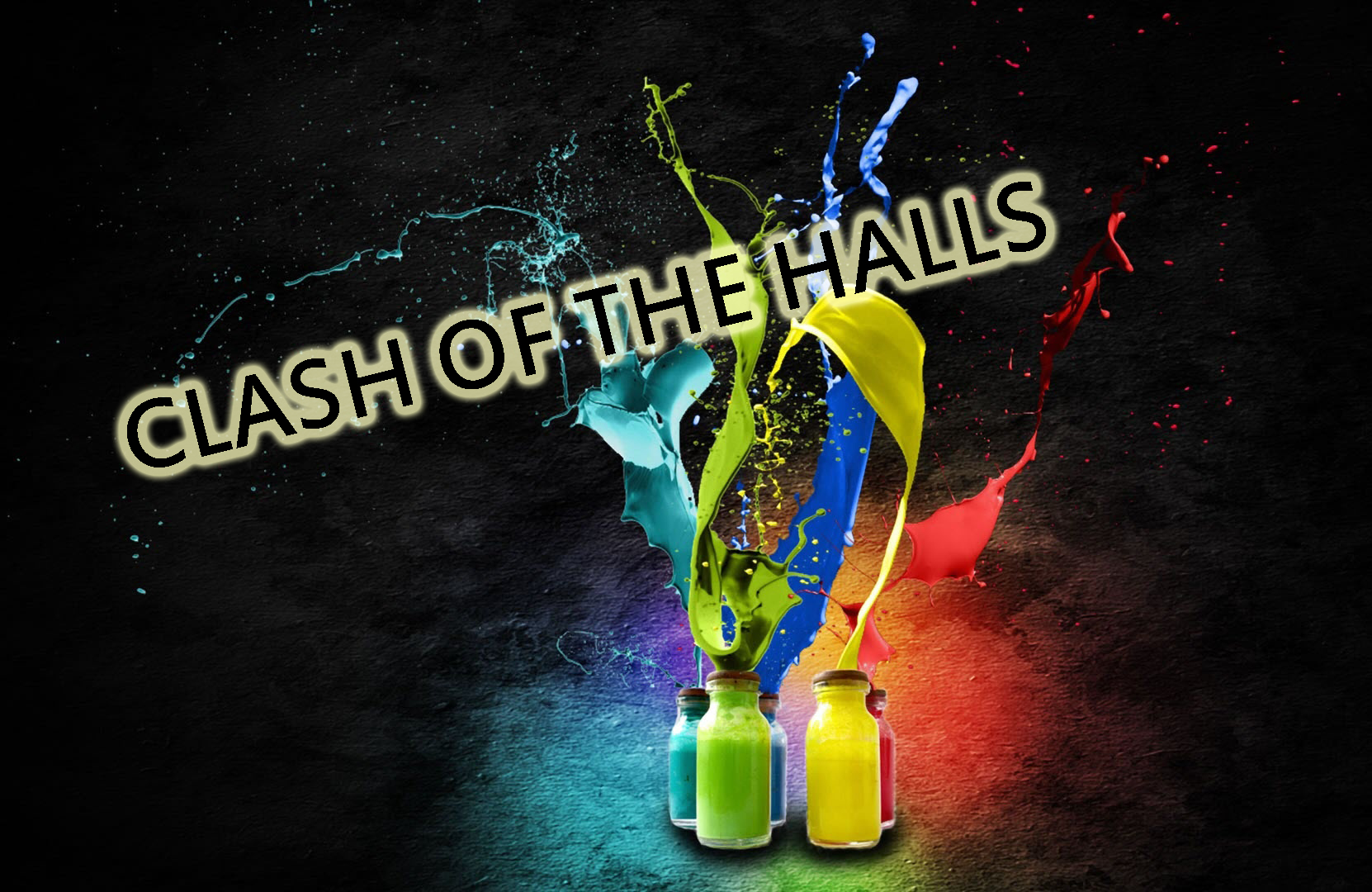Co-authored by Grace Yue.
Aside from IMSA’s residential aspect, another quality that distinguishes it from other high schools is the number of PhD-holders among its staff (55% of teachers hold a doctorate in their respective disciplines). Several teachers from each department are masters in a highly specific niche and have spent countless hours in their graduate years toiling over the completion of their dissertations. We interviewed a sample of your favorite teachers from the different academic departments about their experiences while writing their dissertations.
Science
Dr. Don Dosch
Fascinated by the then-emerging field of DNA technology over 30 years ago, Dr. Dosch (Don) was eager to tinker with early forms of DNA sequencing and molecular cloning. Using bacteria as the test subjects, he experimented with conditions of different tonicity (a measure of osmotic pressure) and isolated molecular clones of five different genes necessary to regulate osmotic pressure cells. The research took him seven years to complete as he continued revising and delving deeper into his subject with every new experiment. From his results, he and his team discovered several new proteins, including one in E.coli that had homologies with defunct viral DNA.
His experiences do not come without peculiar memories. He distinctly recalls typing on an IBM PC, a bulky white computer with quarter-inch floppy disks. He would stare at the green typeface for hours, focused on writing, only to lose his Materials and Methods section after completing most of the project. Despite his technology struggles and deep immersion in his project, he still names his community of lab researchers as the most memorable experience. “Apart from all the science at the time, we had good friendships,” he says. “I think that’s what I will always remember about those years.”
Dr. Dave DeVol
In early research on tissue development, most of the scientific community assumed that growth was primarily caused by hormones. As research on the role growth factors began to replace the earlier notion, Dr. DeVol and his graduate team examined the ability of muscle cells to produce insulin-like growth factor 1.
In his experiments, Dr. DeVol performed surgery on rats, causing the muscle on one hind leg to grow faster than the other. He then isolated mRNA from the muscle cells and compared the expression of a gene that stimulated the expression of the growth factor.The experiment required precision and patience. Radioactively-labeled DNA and RNA and the slow, grueling process of collecting data was Dr. DeVol’s biggest struggle throughout his dissertation process. Additionally, he remembers traveling between two labs in the University of Illinois in Champaign and Washington University in Saint Louis in an arrangement that was often tiring, but nevertheless, a rewarding opportunity. After obtaining his degree, he published the results of his main paper to the American Journal of Physiology and later presented to the Federation of American Society with his team.
Dr. Eric Hawker
For his dissertation, Dr. Hawker chose to write about something too small for the human eye – or a microscope – to capture: the structure of the proton. Unlike electrons, the other charged particle located in the atom, protons are not elementary particles. Rather, they are comprised of three quarks, held together by smaller particles called gluons. The quarks and gluons can interact with each other, and their subatomic interactions produce a “sea” of other various elementary particles. Dr. Hawker’s thesis analyzed the ratios of these elementary particles in the proton.
His primary role was to work on electronics design for the particle accelerator trigger. Completing his thesis ultimately helped Dr. Hawker decide which specific field of physics he wanted to pursue a career in – particle physics.
Dr. Laura Kopff
As a graduate school student, Dr. Kopff was intrigued by organic molecules that violated the laws of classical physics on Earth. “You know how we tell you, avoid having oxygen-oxygen bonds or you’re probably not going to have carbon in a chain or making this weird shape?” she said. “Those things actually do exist, but just, not usually here on Earth.” In space, molecules may take on unusual structures as a result from interactions cosmic rays, but on Earth, they are too unstable to exist.
Throughout graduate school at the University of Wisconsin-Madison, Dr. Kopff and her team collaborated with an astronomy team at Harvard to mimic conditions of space and create precursor compounds. Their work consisted of a combination of calculations and lab experiments. In some, she took compounds, froze it in argon or nitrogen gas, kept it in a very low pressure, scalding environment, then shot wavelengths of light to study how the compound rearranged. They matched up data with radio telescopes to verify its accuracy.
Dr. Kopff particularly remembers one experiment when after radiating a compound, she discovered it had turned into a mysterious, dark purple substance. Usually, organic molecules are white or beige (if you’re lucky, she says), so having a compound change so drastically was shocking. After studying potential explanations for three months, she and her team determined that the cause of the color change was the formation of double bonds in the molecule. There arrangements allowed for certain wavelengths of light to be emitted that corresponded to the purplish color.
While her grad school days are now long behind her, Dr. Kopff remains still as curious about the universe as she was during the start of her program. “One big thing in astrochemistry right now is that there are all these spectral lines that we don’t know much about,” she says. “There’s so much out there in the universe that we don’t know.”
Social Science
Dr. Claiborne Skinner
“The Sinews of Empire: The French Voyageurs and the Carrying Trade of the Upper Country” may strike one as an unusually specific topic for a research paper, but it is exactly the title of Dr. Skinner’s published dissertation. After paddling 2500 miles in Canada before starting his project, Dr. Skinner concluded that he could “probably use [his experience] for a dissertation.” In his 400-page thesis, he examined the French canoe trade in the New World through the lens of the country’s foreign policy. With small, poorly defended canoes and only 35 soldiers guarding their largest fort, the French faced many difficulties navigating the turbulent waters and inhabitants of North America. According to Dr. Skinner, their limited resources forced them to be kind to the native people, unlike other colonizers that would succeed them.
Despite the struggles of the French in the past, Dr. Skinner remembers his experience paddling through trade routes fondly. “It was the most wonderful time of my life,” he says. The country was beautiful and he was constantly on endorphins from the physical exercise.
A few months later, however, he was stricken by the deadline for the dissertation. His newly wedded wife had recently given birth and he needed a job to support his new family. Surviving on coffee and cigarettes, he completed his dissertation in a year and graduated with distinction after receiving resounding applause for his work.
Dr. Skinner recently checked a database for public libraries that indicates how published excerpts of his dissertation have circulated. Notably, the Mariner’s Museum in Newport, Virginia maintains a copy, as well as the large and highly acclaimed Museum of Civilization in Québec, Canada. His dissertation also laid the framework for a book he would later write at IMSA: The Upper Country, French Enterprise in the Colonial Great Lakes.
Dr. Sheila Wille
Although Dr. Wille majored in history at the University of Chicago, she was also fascinated by with botany and entomology. For her PhD thesis, she combined these fields, writing about the history of botany and entomology in imperialist Great Britain. Britain has a particularly interesting entomological history due to its widespread growth of cash crops – and insect infestations of these cash crops. Wille summed her paper up in one sentence, “The supreme confidence of British imperialists in the realm of science was not compromised by their inability to control their pest problems.”
She traveled to Britain to research for her thesis and found that Britain essentially ignored their cash crop pest problems until they grew too big to ignore. Then they employed various means to try and rid themselves of the bugs – building mechanisms to brush bugs off plants, fumigating sulfur into infected trees, and hand-picking the bugs from each individual plant.
Wille theorizes that the reason for Britain’s great agricultural confidence was the tradition of natural theology – the belief that scientific discoveries are made by humans to honor God. The research she did for her thesis benefits her today when teaching her elective course, A History of Biology.
English
Dr. Eric Rettberg
Dr. Rettberg pursued his PhD at the University of Virginia while fulfilling administrative duties at the same school. He attended graduate school for eight years, three of which were spent writing his thesis (in a very on-and-off fashion) – a dissertation about modernist satire based on his prior interest in the subject. As Dr. Rettberg phrased it, “I like experimental writing a lot…but I eventually figured out that the difference between me and other people was that I thought Gertrude Stein was really funny. So I became interested in the ways people made fun of literature and art and how modernists responded to that perception of unseriousness.”
For Dr. Rettberg, the most memorable moment of writing his dissertation was finishing it. He still draws from this dissertation today; his perception of Shakespeare is very much drawn from modernism, and he shows his LE II students an online “dictionary” that satirizes modernism. Even his new elective, Digital Literary Studies, covers some of the same modernist authors from his graduate thesis.
Dr. Michael Hancock
For Dr. Hancock, a series of chance events aligned to spark his interest in his PhD thesis. After attending a seminar on Victorian Empire and Sexuality taught by visiting professor Nancy Armstrong of Brown University, Dr. Hancock wrote a paper on jewels (of all topics, he says), and became intrigued about the effects of material culture on Victorian Literature.
In his paper, “Baffin’s books and Darwin’s finches, Victorian’s culture of collecting,” he examined the theme of collection across nonfiction texts, including those written by Dickens and Doyle. In 19th century Britain, as modern museum came into being, collecting played an important role in shaping aspects of nationality, gender, and class. According to Dr. Hancock, it “formed the larger idea of Britain itself as a collecting nation.”
Despite having completed his paper, the process of writing remains fresh to Dr, Hancock. He wrote on and off over the span of seven years and came to IMSA not having finished his work. Because it was difficult to focus on it while maintaining duties during the school year, he focused mainly in the summer but eventually produced a work over 300 pages. It was positively received by the committee, much to his relief and surprise. Though he has not published excerpts of the book as suggested by the committee, he has made use of it for scholarship opportunities and is glad it led him back to his home, IMSA.
Math
Dr. Patrick Davis
Combining the fields of health and mathematics, Dr. Davis, a new teacher this year, constructed differential equations for disease outbreaks. As places become more connected through air travel, diseases are more capable of affecting a variety of populations, as demonstrated through the SARS and Avian flu crises. His mathematical models targeted the question of whether travel delays between cities affected the spread of disease.
After months of struggling through background research and considering the behavior for each variable, Dr. Davis arrived at an unexpected conclusion. The short answer: No, but there’s a variety of factors that are significant. He maintains that the process was valuable, as it helped shape his teaching style today. The creation of visualizations and mathematical models has sparked his interest in using them to guide his class curriculum.
Dr. Micah Fogel
Dr. Fogel focused on the basics of knot theory in developing his dissertation, “The Algebraic Unknotting Number.” In essential terms, knot theory focuses on the approximate number of cuts needed to unravel a knot. Although his paper was on the short side, it represents real events that often cross with scientific fields. In biology, for example, enzymes called topoisomers cut strands of biological molecules, tie them up, and glue them together in order to efficiently arrange the molecules in a small space. The proteins’ ability to accomplish these tasks determines the success of interactions between molecules, such as DNA and RNA.
Knot Theory has developed well beyond Dr. Fogel’s time, as he is aware that budding mathematicians today use his dissertation as their background research. In the years of his teaching at IMSA, some students have even expressed interest in pursuing a topic in the field of knotting as their SIR, much to his delight.






Be the first to comment on "Teachers’ Dissertations"